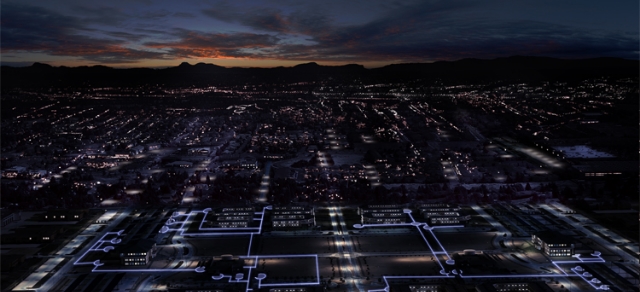The U.S. Environmental Protection Agency’s (EPA’s) plan to regulate carbon emissions is just the latest challenge facing the U.S. electric power system. Technological innovation is disrupting old ways of doing business and accelerating grid modernization. Last year, AEE released Advanced Energy Technologies for Greenhouse Gas Reduction, a report detailing the use, application, and benefits of 40 specific advanced energy technologies and services. This post is one in a series drawn from the technology profiles within that report.

A microgrid is a network of connected electricity generation assets, controls, and loads that can operate separately from a utility grid and/or easily connect to or disconnect from a utility grid. Microgrids come in three basic types: remote, customer-owned, and utility distribution. Remote microgrids provide power to communities far from utility networks. Customer-owned microgrids typically refer to microgrids in use at large facilities owned by a single customer, such as military bases and college campuses. Utility distribution microgrids refer to portions of the grid within the utility system that are configured to act as microgrids.



